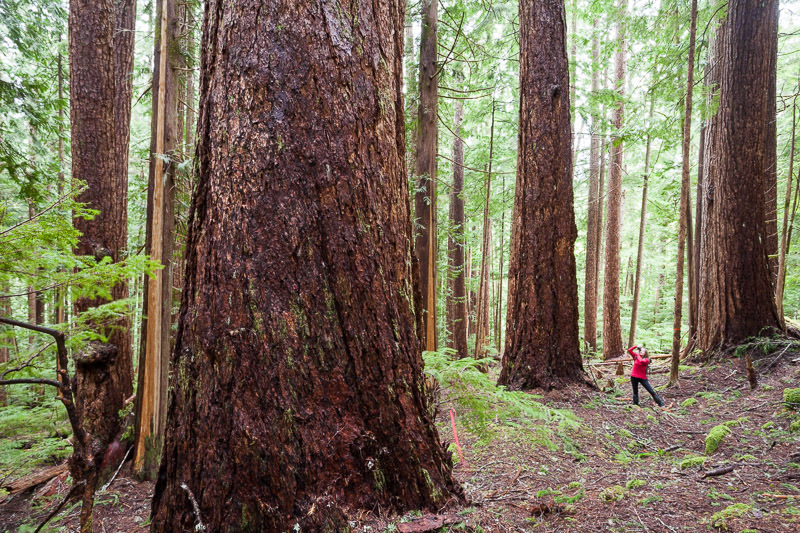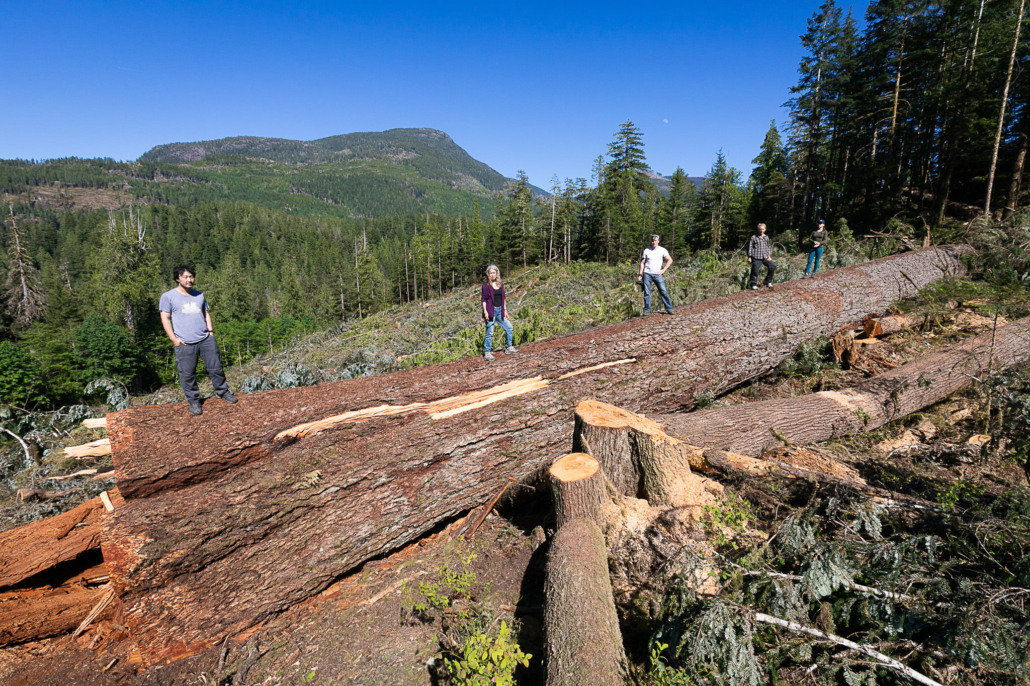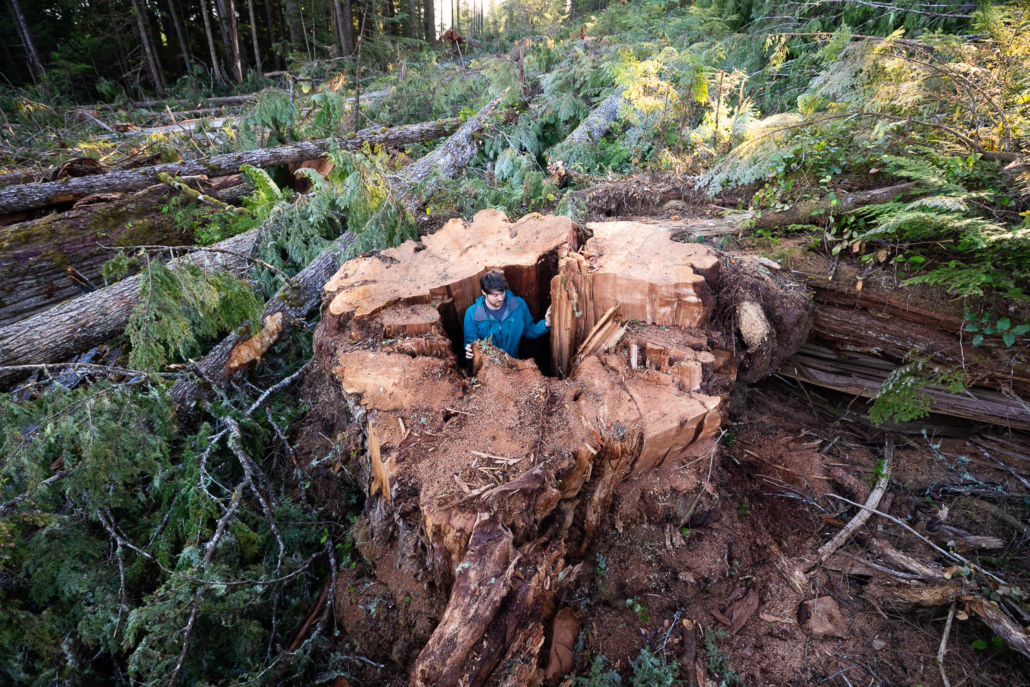 Jan 21 2016
Jan 21 2016Support Grows Among Major Conservation Groups for a Provincial Fund to Buy New Parks
For Immediate Release – January 21, 2016
Support Grows Among Major Conservation Groups for a Provincial Fund to Buy New Parks
16 major conservation and recreation organizations call on the BC government to establish a $40 million/year fund to purchase and protect endangered ecosystems on private lands.
Momentum is growing as 16 major BC conservation and recreational groups have now signed onto the call for the BC government to establish a dedicated provincial fund that can be used to purchase and protect endangered private lands of high environmental and recreational significance.
A variety of proposed funding mechanisms for a BC Natural Lands Acquisition Fund (aka “Park Acquisition Fund”) are detailed in a recently released report (www.elc.uvic.ca/wordpress/wp-content/uploads/2015/12/FindingMoneyForParks-2015-02-08-web.pdf) prepared for the Ancient Forest Alliance by the University of Victoria’s Environmental Law Centre (ELC), which calls on the province to establish an annual $40 million fund.
The organizations signed on include:
- Ancient Forest Alliance
- BC Nature
- Canadian Parks and Wilderness Society – BC Chapter
- Cariboo Chilcotin Conservation Society
- Federation of Mountain Clubs of BC
- ForestEthics Solutions
- Friends of the Nemaiah Valley
- Habitat Acquisition Trust
- North Columbia Environmental Society
- Port Alberni Watershed-Forest Alliance
- Sierra Club of BC
- Skeena Wild Conservation Trust
- Trails Society of BC
- Wilderness Committee
- Wildsight
- Valhalla Wilderness Society
The report, Finding the Money to Buy and Protect Natural Lands, provides a “menu” of possible ways that funds can be allocated or generated for a dedicated fund to purchase vital green spaces and natural areas from willing sellers of private lands. These mechanisms include:
- $10 to $15 million per year by simply recapturing the windfall that the beverage industry enjoys when consumers fail to redeem container deposits, an approach nicknamed “pops for parks”.
- Many millions more could be raised by emulating the most important mechanism for park funding in the US – a special tax on non-renewable resources like oil and gas. Numerous North American governments have ruled that it is fair to require industries using up non-renewables to compensate future generations – and permanently protect other natural resources.
- Funds from a tax on real estate speculation. Currently Vancouver real estate is becoming unaffordable, in part because of speculation in the housing market. Some are proposing a specially designed tax to curb speculation. Fortuitously, such a tax could provide generous funding for acquisition of natural areas – areas which will be needed to serve our growing population.
The above initiatives could be combined with one or more of the many other proven mechanisms for park funding. This could include: dedication of funds from the sale of Crown lands, property transfer taxes, income tax check-offs, sales of environmental licence plates, gas taxes, sales taxes, taxes and fines on environmentally harmful products and actions, and a variety of other fees and taxes.
About 5% of British Columbia’s land base is private, where new protected areas require the outright purchase of private lands from willing sellers, while 95% is Crown (public) lands where new protected areas are established by government legislation. However, a high percentage of BC’s most endangered and biologically diverse and rich ecosystems are found on private lands – which tend to be found in temperate lower elevations and valleys where most humans live. As a result, private lands are disproportionately important for conservation efforts in BC. In particular, southeastern Vancouver Island, the Gulf Islands, the Lower Mainland, the Sunshine Coast, and the Okanagan Valley contain much of the private lands in BC, the greatest concentrations of endangered species, and the most heavily visited natural areas, and would benefit the most from such a fund.
“Many regional districts in BC already have dedicated land acquisition funds to protect green spaces, such as the Capital Regional District in the Greater Victoria region”, stated Ken Wu, Ancient Forest Alliance executive director. “The BC government should do its part and step forward with a fund to purchase endangered ecosystems, old-growth forests, drinking watersheds and areas of high recreational and scenic value on private lands for future generations of British Columbians. While private citizens, land trusts, and environmental groups can help, they simply don’t have enough funds to purchase enough of the lands at risk in a timely manner before their demise, in most cases. Only governments have those kinds of funds.”
“We’ve outlined a menu of practical funding options that are used by governments across North America to purchase private lands for conservation. Some mechanisms don’t even require additional taxes — such as the so-called ‘pops for parks’ funding which simply captures a current industry windfall from unredeemed beverage container proceeds,” stated Calvin Sandborn, Legal Director of the University of Victoria’s Environmental Law Centre. “Such a fund could remedy many land-use disputes and environmental concerns — while permanently enhancing the tourism economy and quality of life for all British Columbians.”
A $40 million fund to expand conservation lands would amount to less than one tenth of 1% of BC’s $40 billion annual provincial budget (ie. 1/1000th). Studies have shown that for every $1 invested by the government in BC’s provincial park system, another $9 is generated in the provincial economy as visitors spend their funds in local restaurants, campsites, motels, grocery stores, gas stations, etc.
The provincial Natural Lands Acquisition Fund would be similar to the park or land acquisition funds of various regional districts in BC which are augmented by the fundraising efforts of private citizens and land trusts. The Land Acquisition Fund of the Capital Regional District of Greater Victoria has been foundational in helping to protect endangered ecosystems and lands of high recreational and scenic value. The fund generates about $3.7 million each year and has contributed approximately $35 million dollars to the purchase of almost 4500 hectares of land around Victoria since its establishment in the year 2000. The CRD’s funds are raised through an average $20-per-household levy each year and has been pivotal for protecting lands of high environmental and/or recreational value at Jordan River, the Sooke Hills, Sooke Potholes, adjacent to Thetis Lake Park, and on Mount Maxwell on Salt Spring Island. See: https://www.crd.bc.ca/docs/default-source/parks-pdf/summary-of-2014-regional-parks-land-acquisition-fund.pdf?sfvrsn=2






